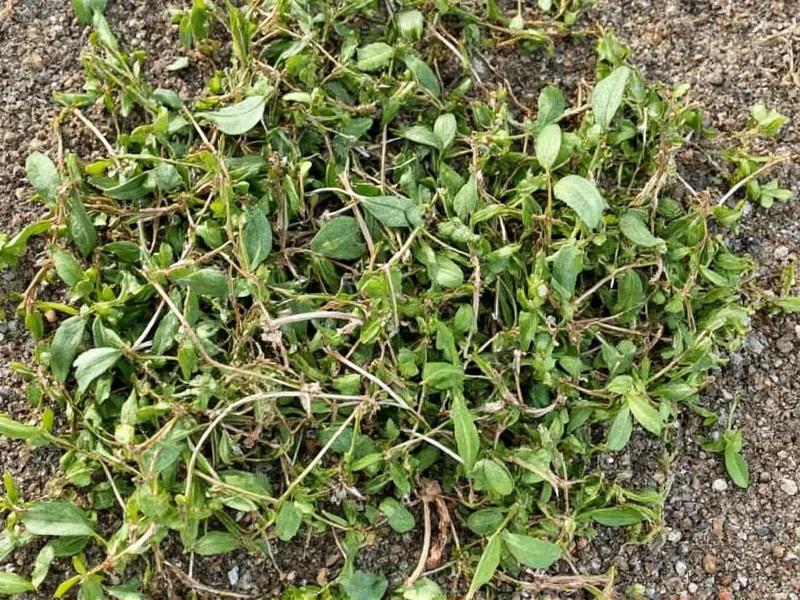Understanding herb conversions is essential for consistent cooking results. When fresh herbs aren't available, knowing the proper dried-to-fresh ratio prevents under-seasoned or overpowering dishes. The fundamental principle behind this conversion is water content: fresh herbs contain about 80-90% water, while dried herbs have most moisture removed, concentrating their flavor compounds.
Why Dried and Fresh Herbs Require Different Measurements
Dried herbs typically contain three times the flavor concentration of their fresh counterparts. This isn't just a random kitchen rule—it's based on botanical science. During the drying process, volatile oils become more concentrated as water evaporates. For example, fresh basil leaves comprise approximately 92% water, leaving only 8% actual flavor compounds. When dried, that same basil becomes about 90% concentrated flavor material.
However, not all herbs follow the exact 3:1 ratio. Delicate herbs like parsley and cilantro experience more flavor loss during drying compared to hardy varieties like rosemary and thyme. This explains why some culinary resources suggest a 2.5:1 ratio for certain herbs.
Dried to Fresh Herb Conversion Chart
| Herb Type | Fresh Measurement | Dried Measurement | Special Notes |
|---|---|---|---|
| Basil | 1 tbsp | 1 tsp | Use 25% less dried basil in tomato sauces |
| Oregano | 1 tbsp | 1 tsp | Dried oregano is actually more potent than fresh |
| Thyme | 1 tbsp | 1 tsp | Leaf structure changes minimally during drying |
| Rosemary | 1 tbsp | 1.5 tsp | Use slightly more dried rosemary for equivalent flavor |
| Parsley | 2 tbsp | 1 tsp | Fresh parsley loses significant flavor when dried |
| Cilantro | 2 tbsp | 1 tsp | Dried cilantro has very different flavor profile |
| Dill | 1.5 tbsp | 1 tsp | Fresh dill weed converts better than dill seed |
| Mint | 1.5 tbsp | 1 tsp | Dried mint retains most flavor compounds |
Factors Affecting Herb Conversion Accuracy
Several variables influence how precisely the standard ratio applies to your cooking:
Herb Age and Storage Conditions
Dried herbs lose potency over time. Properly stored in airtight containers away from light, dried herbs maintain peak flavor for 6-12 months. After this period, you might need to increase the amount by 25-50% to achieve the same flavor intensity. Fresh herbs past their prime also affect conversions—wilted basil has less concentrated flavor than crisp, newly purchased leaves.
Processing Method Matters
How herbs were dried significantly impacts their strength. Commercially dried herbs using industrial dehydrators maintain more consistent potency than home-dried varieties. Freeze-dried herbs often retain more volatile oils than air-dried versions, requiring slight ratio adjustments. When using artisanal or home-dried herbs, start with 25% less than the standard conversion and adjust to taste.
Culinary Application Differences
The cooking method affects herb conversions. In long-simmered dishes like stews, dried herbs have time to rehydrate and release flavors, making the 3:1 ratio more accurate. For quick-cooking applications like finishing a sauce or garnishing, fresh herbs provide brighter flavor that's harder to replicate with dried versions—even when following proper conversion ratios.
Practical Substitution Guidelines
When substituting dried herbs for fresh in your recipes, follow these professional kitchen practices:
- Add dried herbs early: Incorporate dried herbs during the cooking process to allow rehydration and flavor release
- Crush before use: Rub dried herbs between your palms to release essential oils before adding to dishes
- Taste and adjust: Always taste before serving and adjust seasoning as needed
- Consider dish moisture: In low-liquid recipes, increase liquid slightly when using dried herbs
- Account for color: Dried herbs won't provide the same visual appeal as fresh garnishes
Common Conversion Mistakes to Avoid
Even experienced cooks make these herb substitution errors:
Mistake: Using volume measurements for both fresh and dried without adjustment
Solution: Always remember the 3:1 fresh-to-dried volume ratio
Mistake: Treating all herbs as having identical conversion rates
Solution: Adjust for delicate herbs like parsley and cilantro which require different ratios
Mistake: Adding dried herbs at the same stage as fresh
Solution: Add dried herbs earlier in cooking to allow flavor development
Mistake: Not accounting for herb age and storage conditions
Solution: Increase older dried herbs by 25-50% for equivalent flavor
When the Standard Ratio Doesn't Apply
Certain culinary situations require deviation from the standard conversion:
Raw applications: In dishes like salads or garnishes where herbs remain raw, dried herbs often don't substitute well regardless of ratio. Consider alternative fresh herbs instead.
Strong-flavored dishes: In heavily spiced recipes like curries or chili, you can safely use the full 3:1 ratio without overpowering the dish.
Delicate sauces: For subtle sauces like béchamel or vinaigrettes, reduce dried herb amounts by 25% from the standard ratio to prevent bitterness.
Herb blends: Commercial herb blends like Herbes de Provence or Italian seasoning already account for potency differences—use these blends at a 1:1 ratio regardless of fresh/dried status.
Practical Recipe Examples
Let's apply these principles to common cooking scenarios:
Tomato Basil Pasta Sauce
Original recipe calls for 3 tablespoons fresh basil
Substitute: 1 tablespoon dried basil, added at the beginning of simmering
Pro tip: Add half the dried basil at the start, then finish with a small amount of fresh basil if available for brighter flavor
Homemade Pizza Seasoning
Need equivalent of 2 tablespoons fresh oregano
Substitute: 2 teaspoons dried oregano
Note: Dried oregano actually provides more consistent flavor in dry rubs than fresh
Chicken Herb Rub
Recipe requires 1 tablespoon fresh rosemary
Substitute: 1.5 teaspoons dried rosemary, crushed before mixing with other ingredients
Reason: Rosemary's robust structure means less flavor loss during drying











 浙公网安备
33010002000092号
浙公网安备
33010002000092号 浙B2-20120091-4
浙B2-20120091-4